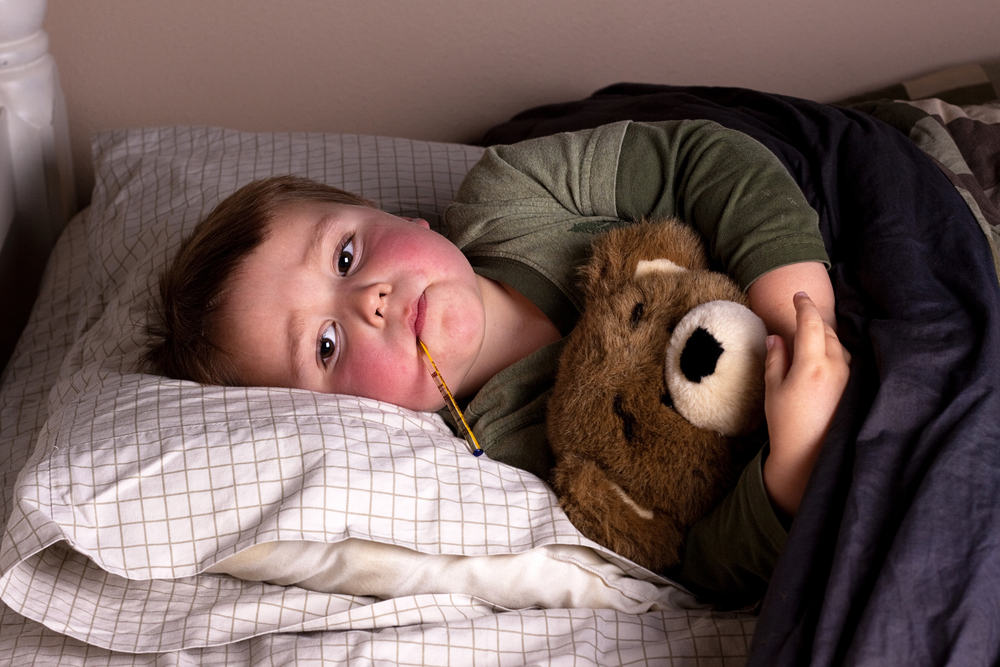Erythema infectiosum, also known as fifth disease, is a common infection of childhood. It is caused by a virus human parvovirus (PV) B19 and often characterized by a classic slapped-cheek appearance and lacy exanthem.

Erythema infectiosum, also known as fifth disease, is a common infection of childhood. It is caused by a virus human parvovirus (PV) B19 and often characterized by a classic slapped-cheek appearance and lacy exanthem.
Symptoms in mild cases commonly appears approximately 1 week after exposure to PV-B19 and last 2-3 days.
Mild symptoms may include:
These symptoms precede a symptom-free period of about 7-10 days, after which the infection progresses through the following stages:
DIAGNOSIS
To diagnose erythema infectiosum, the doctor may base on clinical presentation alone. For patients with other signs or symptoms associated with human parvovirus (PV) B19 or for exposure in a woman who is pregnant, confirmation of infection may be accomplished with the following specialized tests:
TREATMENT
Mild cases usually go away on its own after a few days. Healthy children or adults often recover. Treatment of this infection usually relieves some of the symptoms including fever, itching, and joint pain and swelling.
People who have complications from fifth disease should see their doctor for medical treatment.
Overview and FactsTypes and SymptomsDiagnosis & MedicationsOverview and Facts Referred pain is a phenomenon where pain is perceived at a [...]
Overview and FactsTypes and SymptomsDiagnosis & MedicationsOverview and Facts Quinoline yellow is a synthetic food colorant commonly used in the [...]
Overview and FactsTypes and SymptomsDiagnosis & MedicationsOverview and Facts Pneumothorax is a condition characterized by the presence of air in [...]